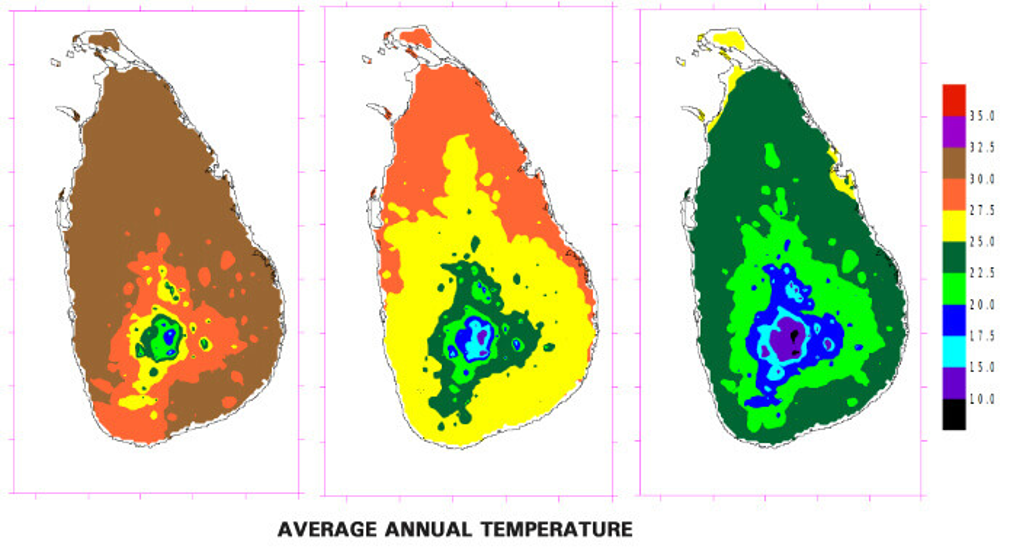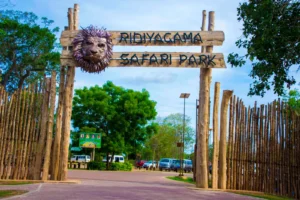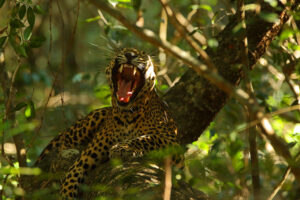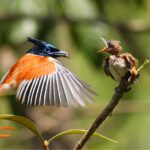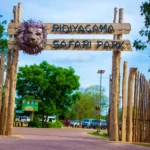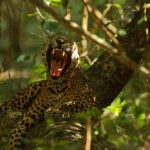Scuba Diving In Sri Lanka. Sri Lanka is an island surrounded by multiple dive sites. The refreshing sea breeze delights you before you get into the waters and the warm currents of the Indian Ocean greet and comfort you throughout these diving sessions. This adventure water activity opens doors for witnessing amazing Sri Lankan marine creatures, such as the blue whale, sperm whale, humpback, whale sharks, Lionfish, rays, and extraordinary coral reefs. You can consider it an expedition that reveals all underwater secrets.
WHEN IS SRI LANKA DIVING SEASON?
Diving in Sri Lanka is divided into two seasons. According to to monsoon season Aviyana Ceylon Tours is operating half year in Unawatuna on the south coast and second half of the year in Nilaveli and Trincomalee in the north-east of Sri Lanka
The best Scuba diving sites in Sri Lanka
- Hikkaduwa.
- Trincomalee.
- Unawatuna.
- Taprobane Reefs.
- Gorgonian Gardens.
- Mirissa.
- Weligama.
- HMS Hermes.
- Bulldog Reefs.
- Kirinda.
- Passikudah.
- Kalpitiya.
Aviyana Ceylon Tours operating in both south and north-east coast of Sri Lanka, in Unawatuna, Nilaveli and Trincomalee.
To ensure the best diving conditions with calm sea and good visibility, our diving centres are open according to the monsoon season affecting climate in Sri Lanka. With Aviyana Ceylon Tours Through you can dive whole year round.
SOUTH COAST
• wrecks for all diving levels
• deep dive sites (max. 32m)
• with spectacular marine life
• rock topography with swimthroughs
• visibility: 5 to 20 metres
Unawatuna season -15th October – 10th April
SOUTH COAST & EAST COAST
Before you book your dive with us, we recommend to check out differences between diving in the south and east coast. There are significant differences in the underwater topography, depth of dive sites, coral reefs, wrecks and others.
SOUTH COAST
Unawatuna
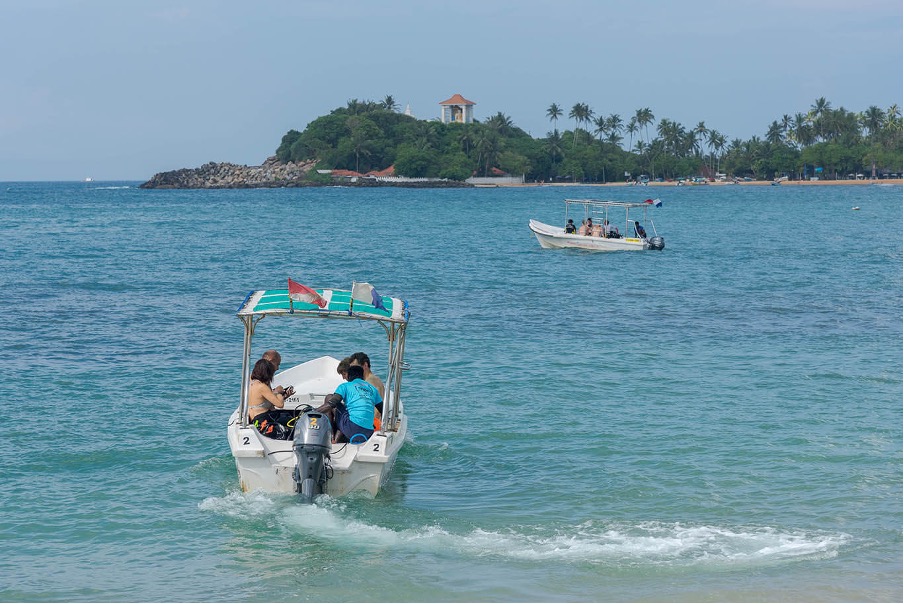
At Unawatuna, we have around 16 different Dive Sites with different depths from 6 to 32 meters offering a vibrant variety of dives like Reef Dives, Rock Dives, Wreck Dives and Night Dives. Most of the reef dive sites have a mix of hard and soft corals going to the depth of 18 meters.
n 1997 the “El Nino” surface current with high water temperatures reached the west and south coast of Sri Lanka and bleached a lot of the coral reefs. Since this time coral started rejuvenating at a very slow rate.
At the deeper dive sites, the topography consists of mostly rocky areas with deep valleys and swimthroughs to explore. Close to the Galle harbour, there are magnificent wrecks on sandy grounds giving home a number of species of corals and fish life. The famous “Rangoon” Wreck lies at a depth of 30 meters, the SS Orestes, at a depth of 22 meters, and the Galle Ship Wreck at a depth of 18 meters.
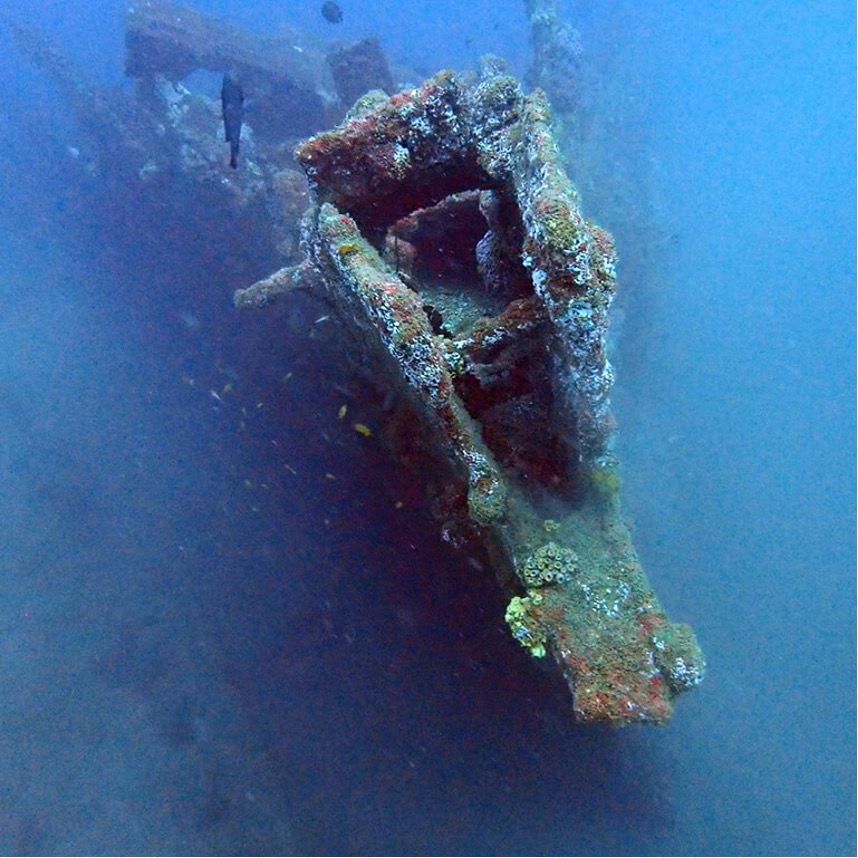
Marine Life

At the reefs, you will find a lot of macro life, many different nudibranchs, different coral reef fish of the Indian Ocean, stingrays on the sandy bottom, and might also be visited by some Napoleon Wrasses.
Most of the soft corals and fish life are at the two deeper wrecks, accompanied by schools of Sweet Lips and Moray Eels. Barracudas, Trevallies, Stingrays are also mostly spotted there. During the months of January up until March, Whale Sharks may pay a visit if you get lucky.
Diving in Unawatuna is a beautiful experience and is a great place to start diving with the variety of experience levels it has to offer.
EAST COAST
Nilaveli & Trincomalee At our 22 Nilaveli & Trincomalee Dive Sites with different depth from 6 to 30 m we offer Reef Dives, Rock Dives, Wreck Dives, Deep Dives, Night Dives and combined Diving & Snorkeling Trips to the famous Pigeon Islands. The shallow dive sites around the Pigeon Island Marine Park are mostly covered by hard and soft corals with a lot of different coral fishes, turtles and for sure Black Tip Reef Sharks in the shallow parts of the coral reef, available for snorkeling only.

Nilaveli
The Nilaveli Dive Sites are mostly shallow up to max. 18 m. At these shallower dive sites you will find a lot of different hard, soft and table corals and a lot of different coral fishes of the Indian Ocean, Barracudas, Trevallies, Stingrays and other kind of fishes. Time to time Whale Sharks can be spotted. There is also a lot of macro staff to see. It is the perfect place for new certified open water and not so experienced divers as well as for relaxed advanced divers.
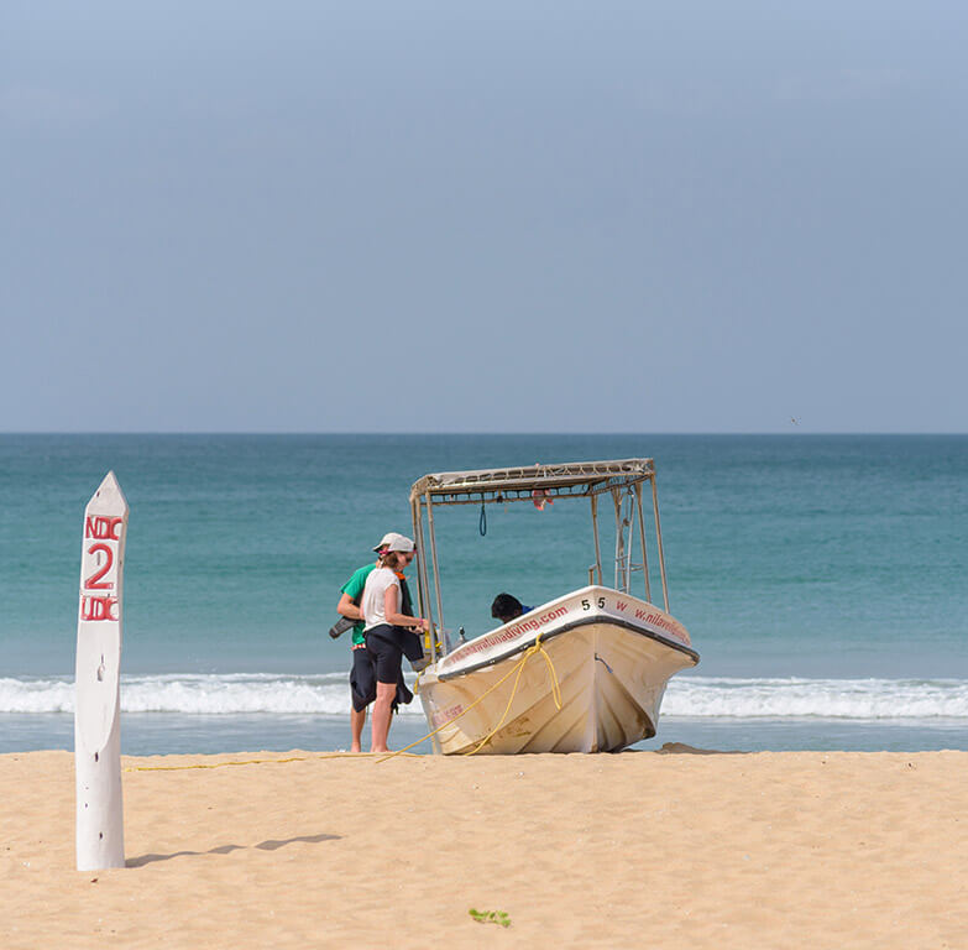
Good wrecks are rare in Nilaveli. Only north of Nilaveli there is one very shallow wreck up to 8m. In 2020 the Underwater Museum in Trincomalee was opened and since then we have one new wreck spot to dive on the east coast. The deepest point of the wreck in Trincomalee is at 18 meters depth and it goes up to 5 meters. Great for beginners, advanced divers and wreck diving lovers.
Trincomalee
At our Trincomalee Dive Sites around 6 km south of Nilaveli there are also deeper sites up to 30m to discover. The bottom at the deeper dive sites is mostly sandy or rocky. Mostly you can spot big schools of Barracudas and Trevallies as well as Sting & Electric Rays and Moray Eels.
Sometimes you can also see Whale Sharks but these are really rare. You can be happy when you can spot one of these creatures.
Explore fascinating rock formations with colourful coral reefs, diverse aquatic life, underwater statues of gods and large schools of tropical fish. Also possible to visit recently opened (2020) Underwater Museum or a Shipwreck, both located near to the Trinco town.
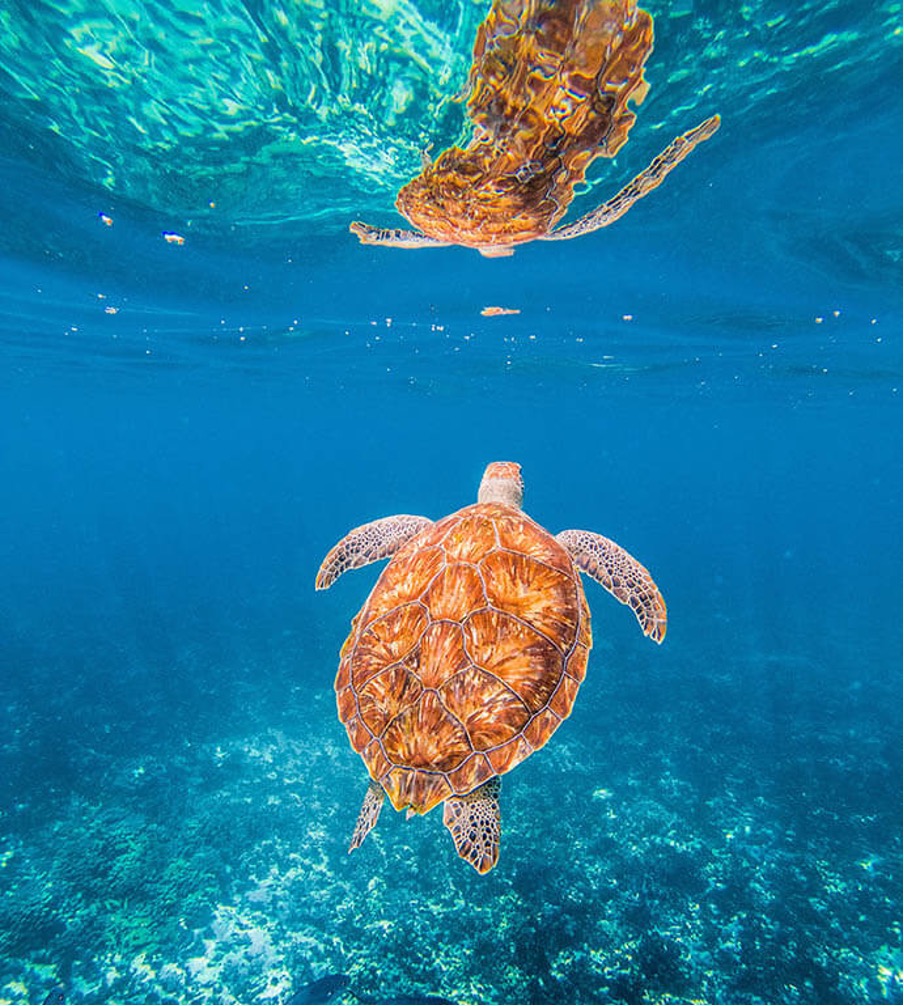
TWO SEASONS
UNAWATUNA
Aviyana Ceylon Tours Unawatuna is open every year from 15th October until 10th April, in this 6 months period you can enjoy the best diving conditions in Sri Lanka. From mid of April onwards diving on the south coast is influenced by the south west monsoon. Due to these conditions Aviyana Ceylon Tours centre in Unawatuna is closed. No worries, we are moving to the untouched north-east coast!
However bathing and swimming is possible during the whole year due to the reefs protecting Unawatuna Beach and the Mihiripenna/Dalawella Beach from high waves.
NILAVELI, TRINCOMALEE
Aviyana Ceylon Tours Nilaveli and Aviyana Ceylon Tours Trincomalee is operation every year from 15th March to 30th October. In this time period you can find the best diving on the north-east coast with calm sea and good underwater visibility. From mid November onwards the diving on the east coast is influenced by the north east monsoon. The sea becomes rough, heavy rain influences the dive conditions and our diving centres in the east are closed. Then Aviyana Ceylon Tours moves to the south where the south west monsoon ends at around the mid of October and the dive season starts.
“During the off-season the sea becomes rough and heavy rain influences the dive conditions. Usually monsoons carry more humid air from the Indian Ocean. Sometimes there are strong winds and rains but on average never longer than an hour or two.”
Daily sunshine is even during the monsoon period in average 8 hours a day. Day temperatures are around 30 to 32 Degrees Celsius and night temperatures 26 to 30 Degrees Celsius. Water temperature is the whole year between 26 and 30 Celsius.
